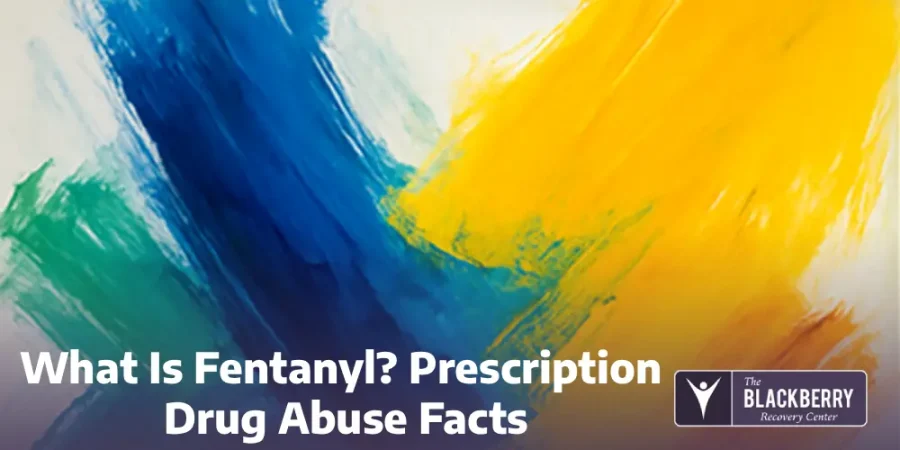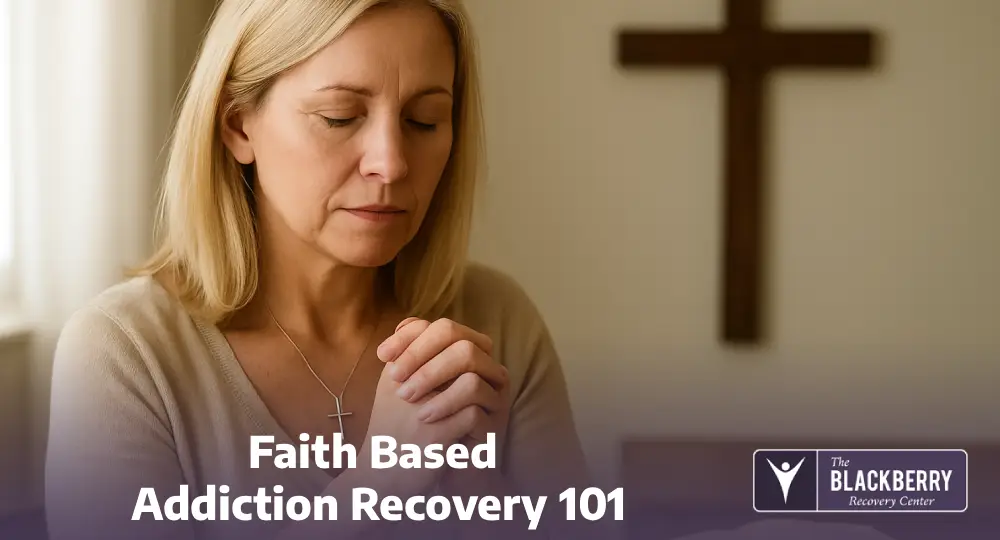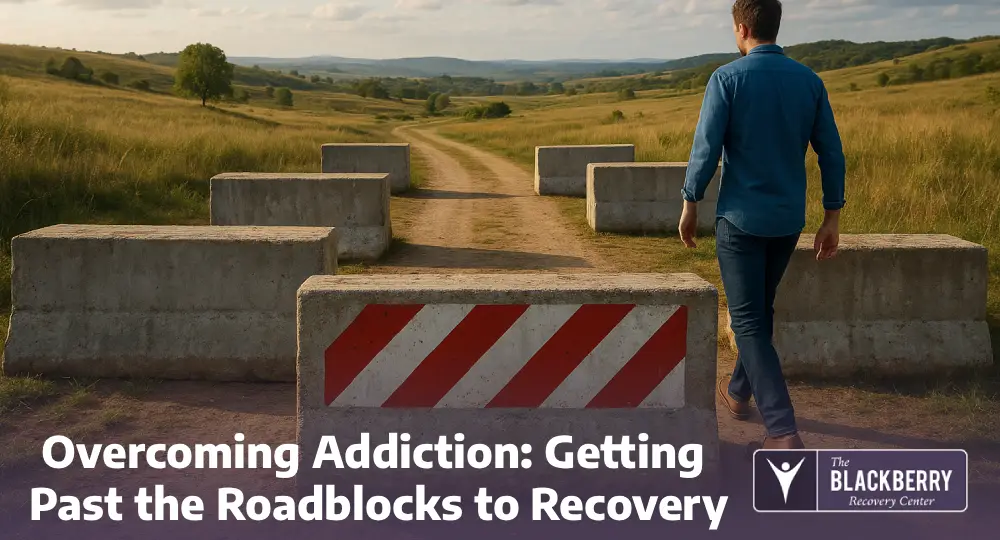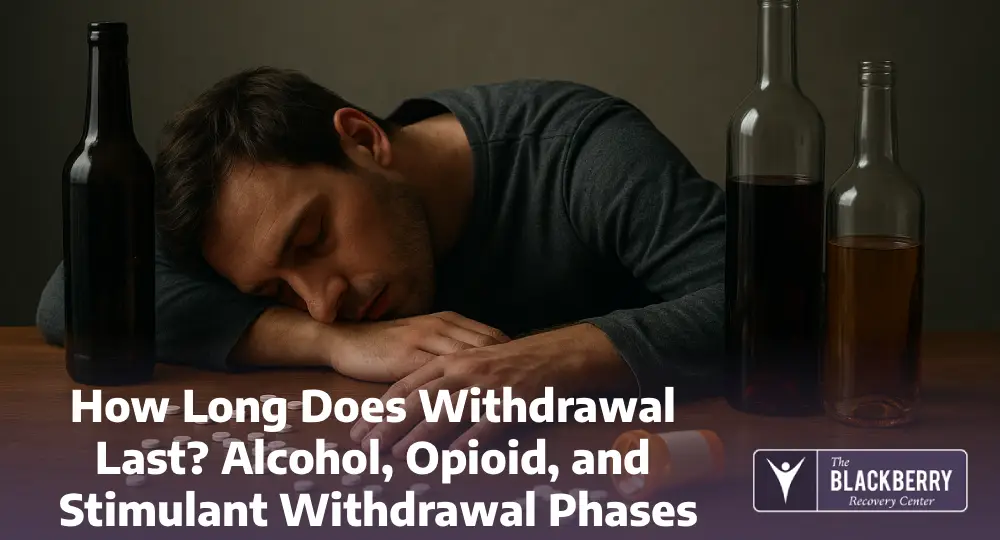Like most people, you have probably heard a lot about heroin and the opioid crisis. But what about prescription opioids like fentanyl? And what is fentanyl, anyway?
Put simply, fentanyl is a type of highly addictive opioid prescription drug that is similar to morphine. Fentanyl abuse often leads to addiction and death due to individuals taking too much and the way that illegal dealers develop this drug.
But what are the differences between legal and illegal fentanyl, and how do you know if your life is in danger because of this drug?
Find answers to your fentanyl-related questions below.
What Is Fentanyl Used For?
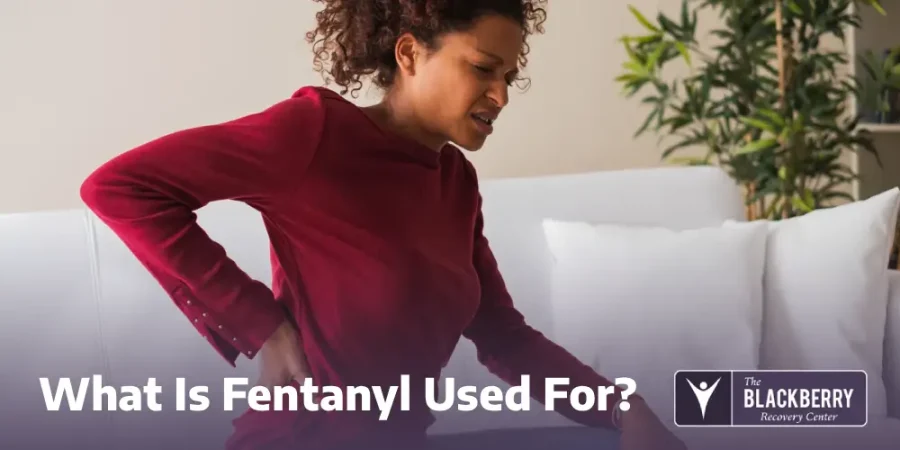
What Is Fentanyl Used For?
You might have heard of fentanyl by either its prescription drug brand names or by fentanyl drug slang terms like “jackpot,” “murder 8,” and “friend.” You might also know that this drug, like many prescription opioids, can be used as a pain reliever.
Fentanyl is a synthetic opioid. This means that the chemicals in this prescription drug are created in a lab rather than coming from nature. Thus, the effects of fentanyl are much stronger than other prescription drugs and opioids, such as morphine. This also makes the effects more dangerous. In fact, fentanyl is 50 to 100 times more potent than morphine, which both increases its desirability and its lethality in long-term opioid abusers.
Doctors sometimes prescribe fentanyl as method for treating severe pain in patients who have chronic pain or conditions like cancer. When used as prescribed as a transdermal patch or dissolvable tablet, it can give patients significant pain relief.
The chemicals in fentanyl are highly potent and they work by binding to opioid receptors—the cells found throughout your body and, most importantly, your brain. Opioid drugs activate opioid receptors in order to block pain signals going from one area of your body all the way up to your brain.
This is where the pain relief comes from: your pain receptors are effectively and euphorically blocked.
Unfortunately, fentanyl is highly addictive because of its high potency, especially in patients who have chronic conditions, including mental health disorders and other opioid addictions. In fact, research shows that people who experience chronic pain and mental health struggles are more likely to develop a substance use disorder as well.
One reason this happens is because of access: Doctors prescribe opioids like fentanyl as a pain reliever, so it is easier for patients to (intentionally or accidentally) misuse these dangerous drugs.
The Centers for Disease Control and Prevention (CDC) states that the United States has experienced a rise in fentanyl overdoses in recent years.
Despite its high potency and addictive qualities, fentanyl is still legal. It is classified as a schedule II prescription drug, which means that it is a controlled substance by the United States government, but does offer medical benefits in the right situations.
The National Institute on Drug Abuse warns that this opioid is often sold in a powder-like substance that people sometimes put in eye droppers or nasal sprays. Additionally, illegal fentanyl might come in pill form so that it looks like a legal prescription drug.
One of the biggest risk factors here is that fentanyl that is not prescribed legally by medical professionals is often laced with other harmful substances. Heroin and cocaine are the most common combinations with illegally produced fentanyl and can make it much more dangerous. But often, people who buy illegal fentanyl off the streets do not understand that this drug has other substances mixed into it. This makes it easier to suffer a fentanyl-related overdose due to not knowing what or how much they are taking.
And the most dangerous thing of all? This opioid is so addictive that many users don’t care if this drug is dangerous—they are willing to risk dying just to reproduce the high that has become so addictive.
Signs of Fentanyl Abuse
You or a loved one might have legal, prescription access to this opioid. Or you or a loved one might search for this drug through illegal means. Whatever your experiences are with this prescription opioid, you need to understand the signs of fentanyl abuse before they become deadly.
Here are some common signs that you or a loved one might be addicted to this prescription painkiller:
- Using the prescription drug outside of your doctor’s guidelines
- Taking higher doses or more frequent doses than prescribed
- Finding different doctors who will prescribe more and more drugs
- Using fentanyl to mask emotional pain or mental illness symptoms
- Constantly craving fentanyl when you are not under its influence
Though the thought of giving up fentanyl might seem scary or even impossible, treatment is possible—it might even save your life.
Fentanyl Overdose
The side effects of drug abuse can be incredibly harmful to your physical and emotional health. In fact, fentanyl abuse often leads to an overdose.
An opioid overdose, when caught early enough, can be “reversed” with medications like naloxone. But without treatment, drug overdoses are often too severe to be reversed. Sadly, this leads to thousands of lives lost every year in the United States.
This is why it’s so important to seek treatment for your mental health and substance use disorders—your life depends on recovery.
Fentanyl Withdrawal Symptoms
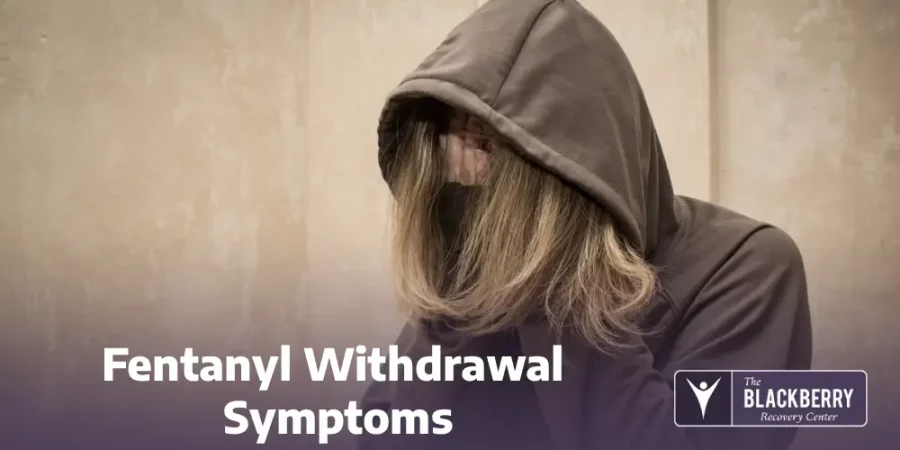
Fentanyl Withdrawal Symptoms
Recovery for opioid addictions often starts with drug detox. The withdrawal symptoms from opioid drugs are often uncomfortable and can potentially be life-threatening if your body is physically dependent on the prescription drug.
The most common fentanyl withdrawal symptoms include:
- Muscle pain or soreness
- Increased heartrate
- Changes in sleeping patterns
- Nausea, diarrhea, and vomiting
- Drastic mood changes
- Increased anxiety or depression
Because the withdrawal symptoms are so severe and might even lead to further medical complications or death, you will need a medically supervised detox program to keep you safe. With 24/7 medical care, you will stay safe, stay healthy, and stay on the path to recovery.
In some cases, medication-assisted treatment (MAT) can help ease you into your recovery program. By providing you with opioids that do not produce a high, MAT can wean you off of dangerous opioids without inducing withdrawals. But remember, recovery does not stop after detox—this is just the first step.
Your treatment program should offer additional services to treat you systemically. These services might look like:
- Behavioral therapy such as cognitive behavioral therapy (CBT)
- Group therapy sessions
- Recreational therapy
- Aftercare resources for long-term recovery
Be sure to speak with your health care professionals as well as the mental health experts in your program to find the treatment that is best suited to your needs.
Video
National Fentanyl Prevention and Awareness Day serves to honor those lost to fentanyl poisoning and highlight the opioid crisis. The DEA has seized nearly 30 million fentanyl pills and over 5,600 pounds of fentanyl powder this year, enough for a lethal dose for the populations of the U.S., Canada, and Mexico. Brian McNeal from the DEA and Detroit resident Robert Branner, who lost his daughter to fentanyl, discussed the issue and efforts to combat distribution.
Podcast
The fentanyl pipeline and China’s role in the US opioid crisis
In this episode, the podcast roles are reversed as show host Vanda Felbab-Brown is interviewed by Fred Dews, show producer and multimedia project manager at Brookings, about her research on the evolution of illicit networks and supply chains in China that fuel the U.S. fentanyl and opioid crises. They also discuss the evolution and complexities U.S.-China counter-narcotics cooperation and its prospects. Felbab-Brown also assesses some of the accomplishments of the restarted bilateral cooperation.
News Audio
Drug deaths plummet among young Americans as fentanyl carnage eases – NPR
PHILADELPHIA — When Justin Carlyle, 23, began experimenting with drugs a decade ago, he found himself part of a generation of young Americans caught in the devastating wave of harm caused by fentanyl addiction and overdose.
“I use fentanyl, cocaine, crack cocaine, yeah, all of it,” Carlyle said, speaking to NPR on the streets of Kensington, a working class neighborhood in Philadelphia where dealers sell drugs openly. “I was real young. I was 13 or 14 when I tried cocaine, crack cocaine, for the first time.”
FAQ
- What is fentanyl used for medically?
Fentanyl is a powerful synthetic opioid prescribed for severe pain, often after surgery or for advanced cancer patients. - Why is fentanyl considered dangerous?
It’s extremely potent—50 to 100 times stronger than morphine—making overdose risks high, especially when misused. - How is fentanyl abused?
Abuse can occur by taking higher doses than prescribed, using it without a prescription, or mixing it with other substances. - What are the signs of fentanyl addiction?
Common signs include drowsiness, confusion, cravings, withdrawal symptoms, and loss of control over use. - Can fentanyl overdose be reversed?
Yes. Naloxone (Narcan) can reverse fentanyl overdoses if given quickly, but medical help is still critical.

